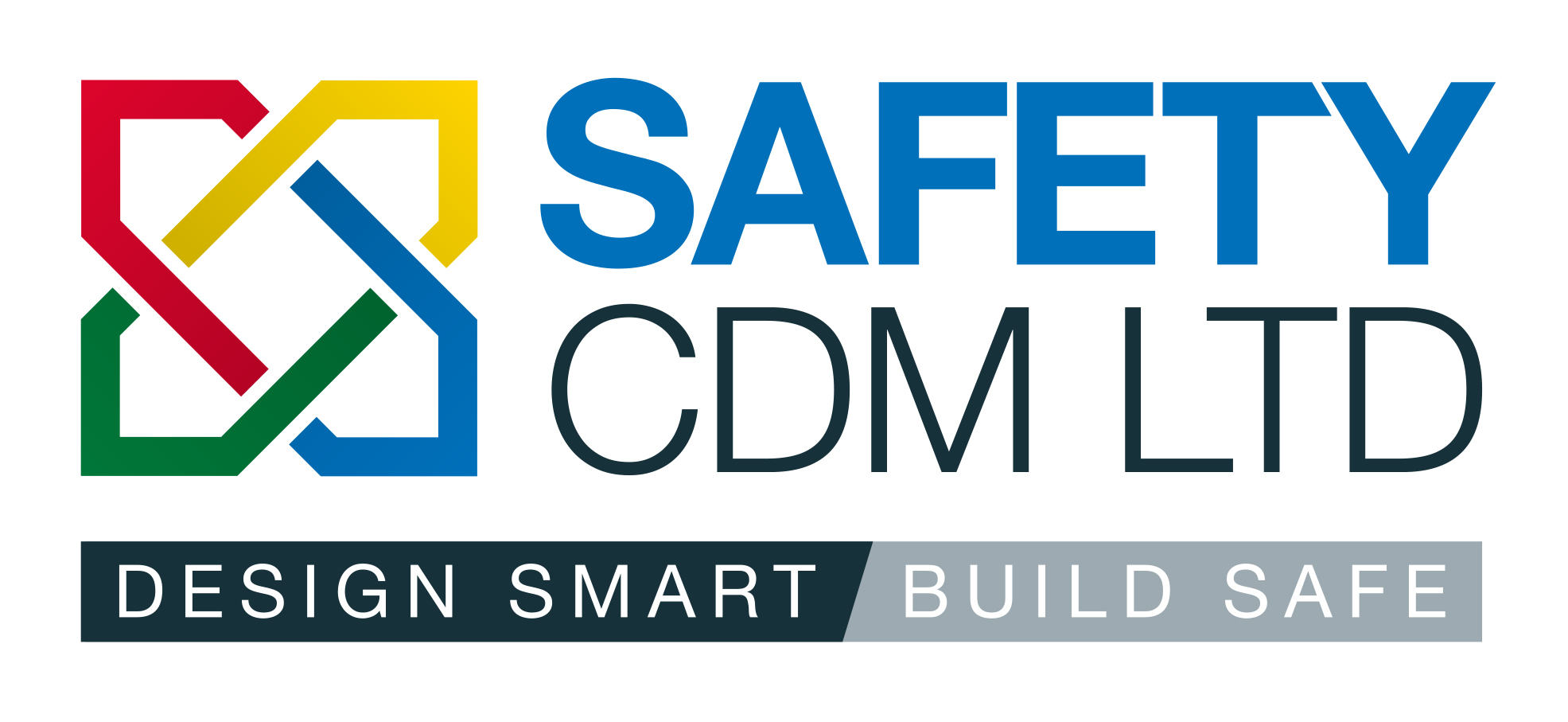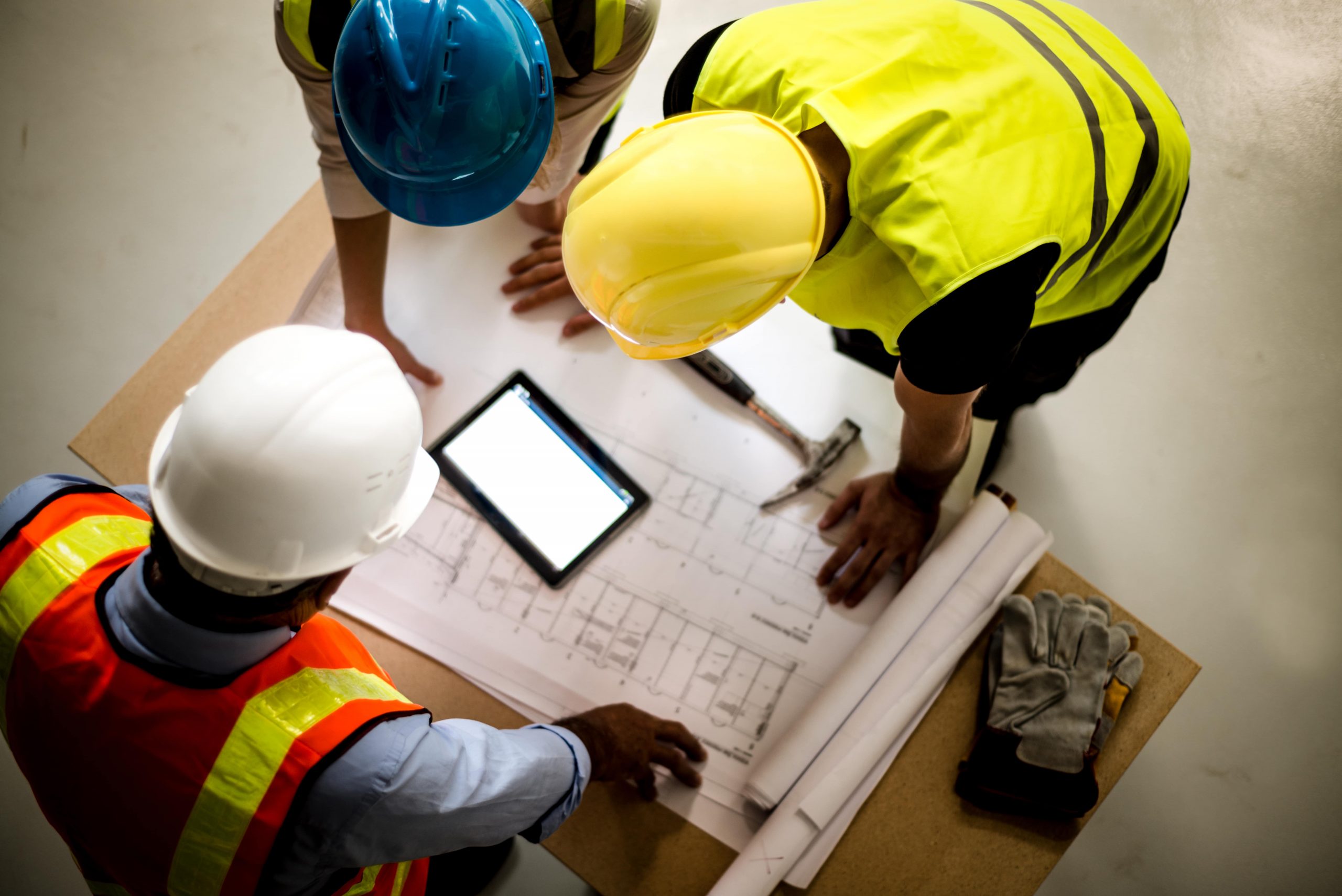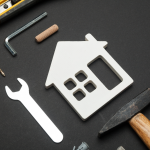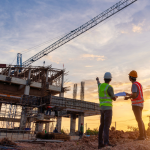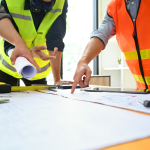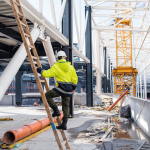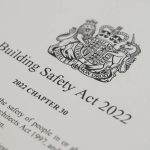
Understanding the Role of the Principal Designer Under CDM Regulations 2015
To ensure compliance with CDM Regulations 2015, every project involving multiple contractors must have a Principal Designer. This role is crucial during the pre-construction phase, and the Principal Designer leads the project with expert knowledge of construction processes, health, safety, and regulations. Here’s a breakdown of the Principal Designer’s responsibilities:
Helping the Client Set Up the Project
The Principal Designer works closely with the client to set up the project, ensuring they understand their responsibilities under the CDM Regulations 2015. This includes:
- Ensuring the client understands their duties under the CDM Regulations. Learn more about CDM Regulations 2015.
- Assisting in the preparation of the client brief.
By offering their expertise, the Principal Designer ensures the project begins on the right foot.
Advising on Time and Resources
Clients must allocate adequate time and resources to the project, but they often require advice from the Principal Designer. This includes:
- Providing guidance on realistic timelines.
- Estimating the quantity and type of resources needed.
This helps clients plan effectively and avoid delays or resource shortages.
Assisting with Pre-Construction Information
While the client is responsible for providing pre-construction information, the Principal Designer plays a vital supporting role:
- Checking the adequacy of existing information.
- Identifying gaps and advising the client on obtaining missing details.
- Compiling and sharing this information with contractors and designers.
A well-prepared pre-construction phase ensures a smooth transition to the construction phase. Read about pre-construction information requirements.
Eliminating and Reducing Risks
The Principal Designer is responsible for identifying and mitigating health and safety risks during the project. Key steps include:
- Spotting foreseeable risks in the design and construction phases.
- Eliminating risks where possible.
- Implementing control measures to minimize remaining risks.
This proactive approach improves safety on-site and enhances project outcomes.
Liaising with the Principal Contractor and Designers
Clear communication and collaboration are essential for any construction project. The Principal Designer must:
- Coordinate with contractors, designers, and other stakeholders.
- Share pre-construction information and health and safety requirements.
This liaison ensures everyone involved is aligned on safety protocols and project expectations. Check out guidance on effective communication in construction.
Managing the Health and Safety File
Under the CDM Regulations, projects involving multiple contractors require a health and safety file. The Principal Designer’s duties include:
- Compiling the file with relevant health and safety information.
- Reviewing, updating, and revising the file as the project progresses.
This document remains a critical resource for managing risks throughout the project lifecycle. Find out more about creating health and safety files.
Support for Principal Designers
At Saftey CDM Ltd, we provide expert support and advice to help Principal Designers fulfill their duties under the CDM Regulations 2015. Whether you need guidance on preparing pre-construction information, managing health and safety risks, or liaising with contractors, we’re here to assist.
Contact Us Today:
📧 Email: info@cdm2015regs.co.uk
📞 Phone: 01494 445774
Why Choose Safety CDM Ltd?
- Extensive expertise in CDM regulations.
- Tailored support for Principal Designers.
- A commitment to helping you achieve compliance and project success.
-
CDM Regulations for Maintenance: What You Need To Know
April 22, 2025 Building
